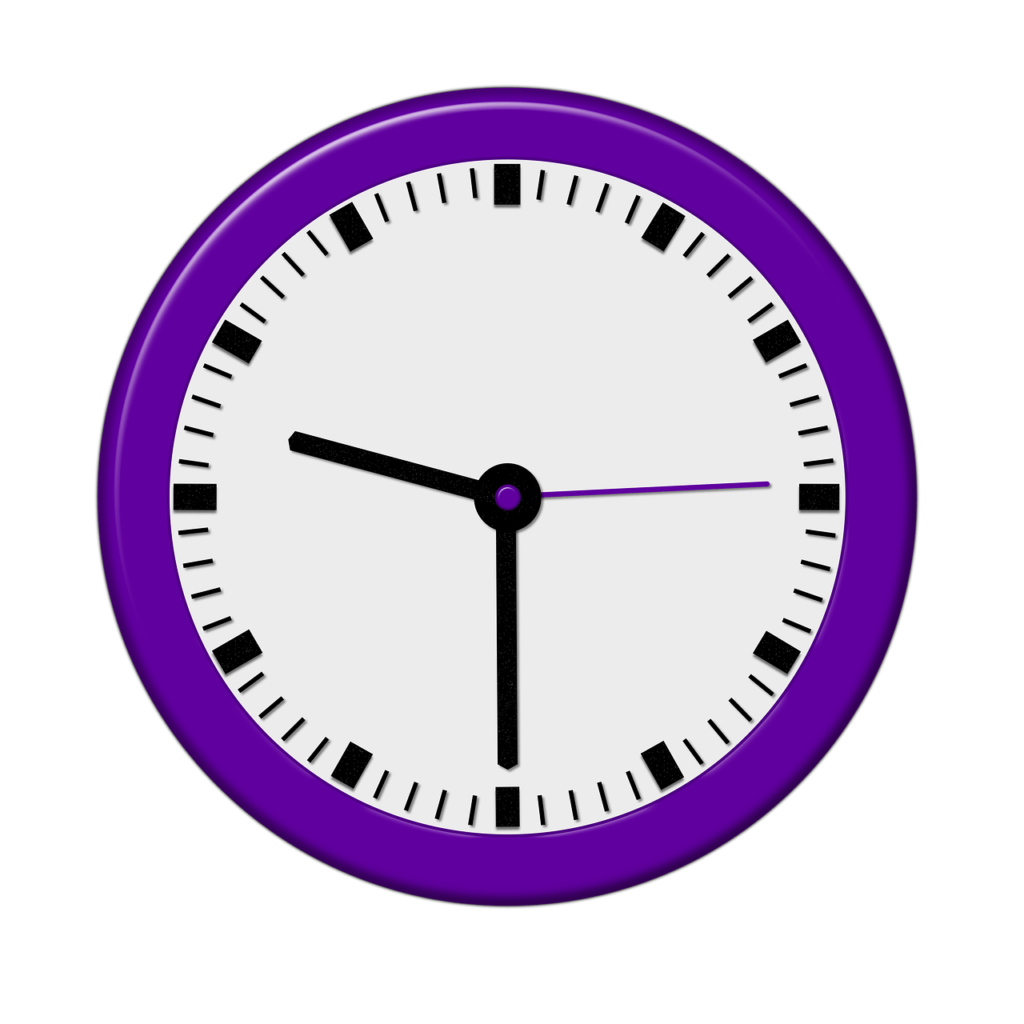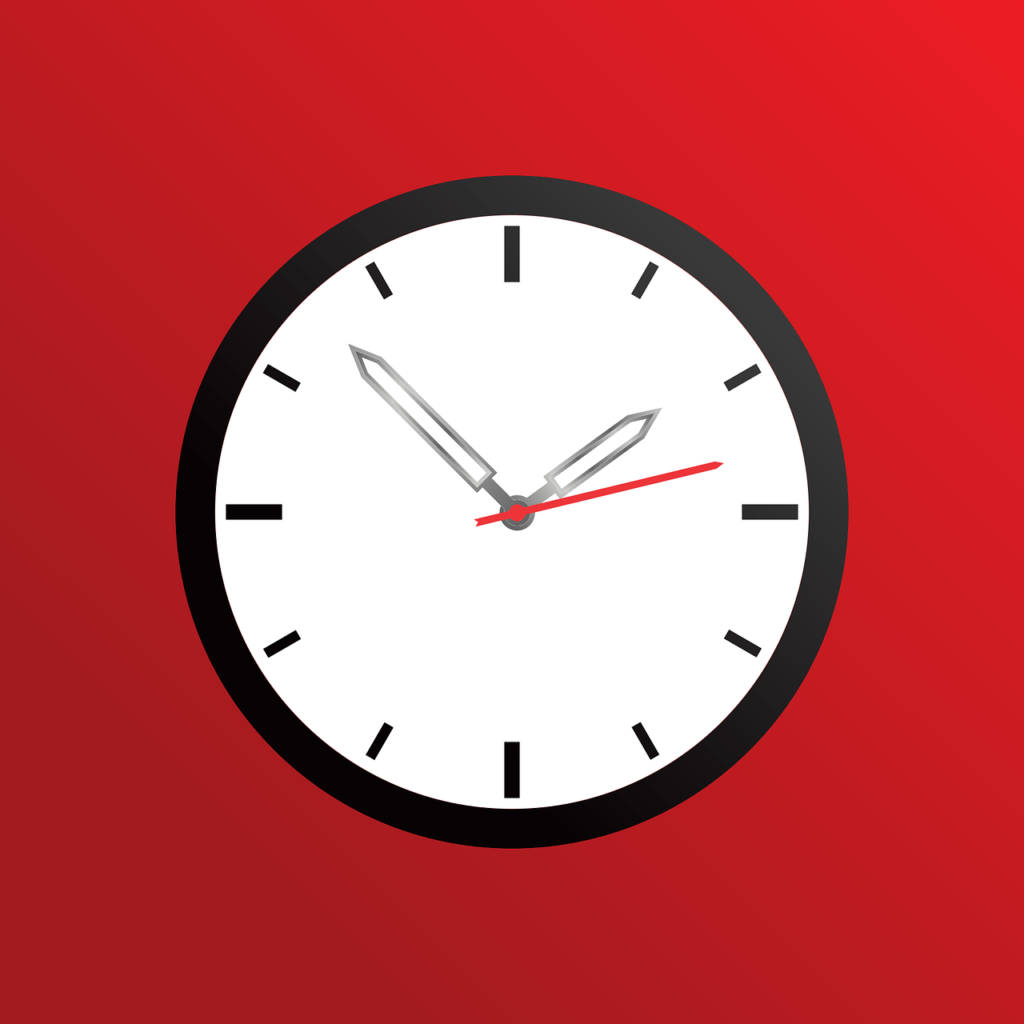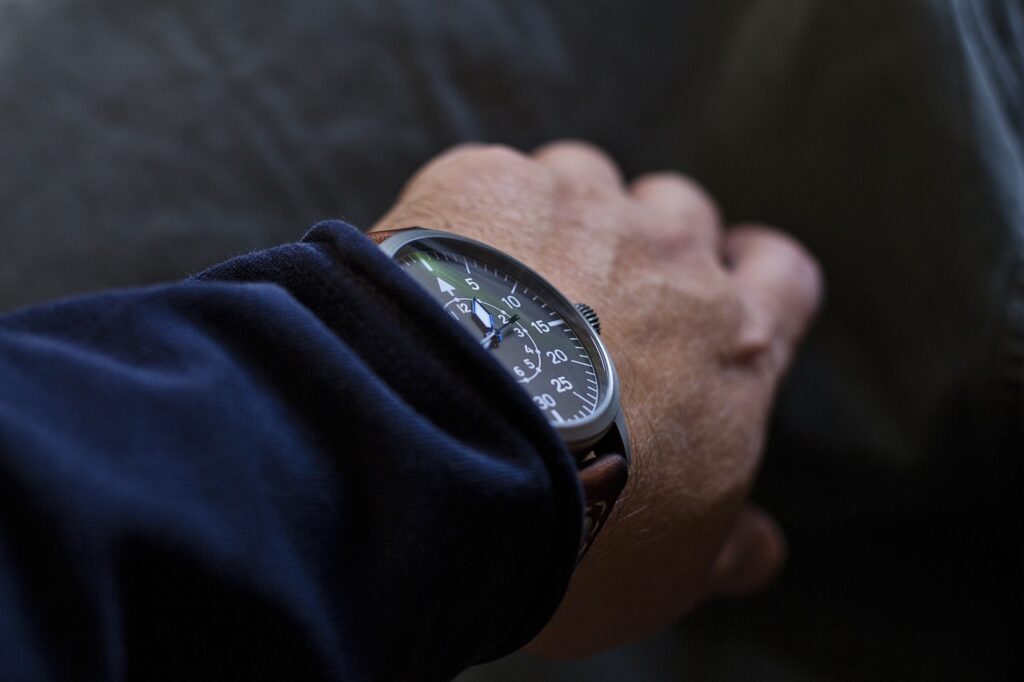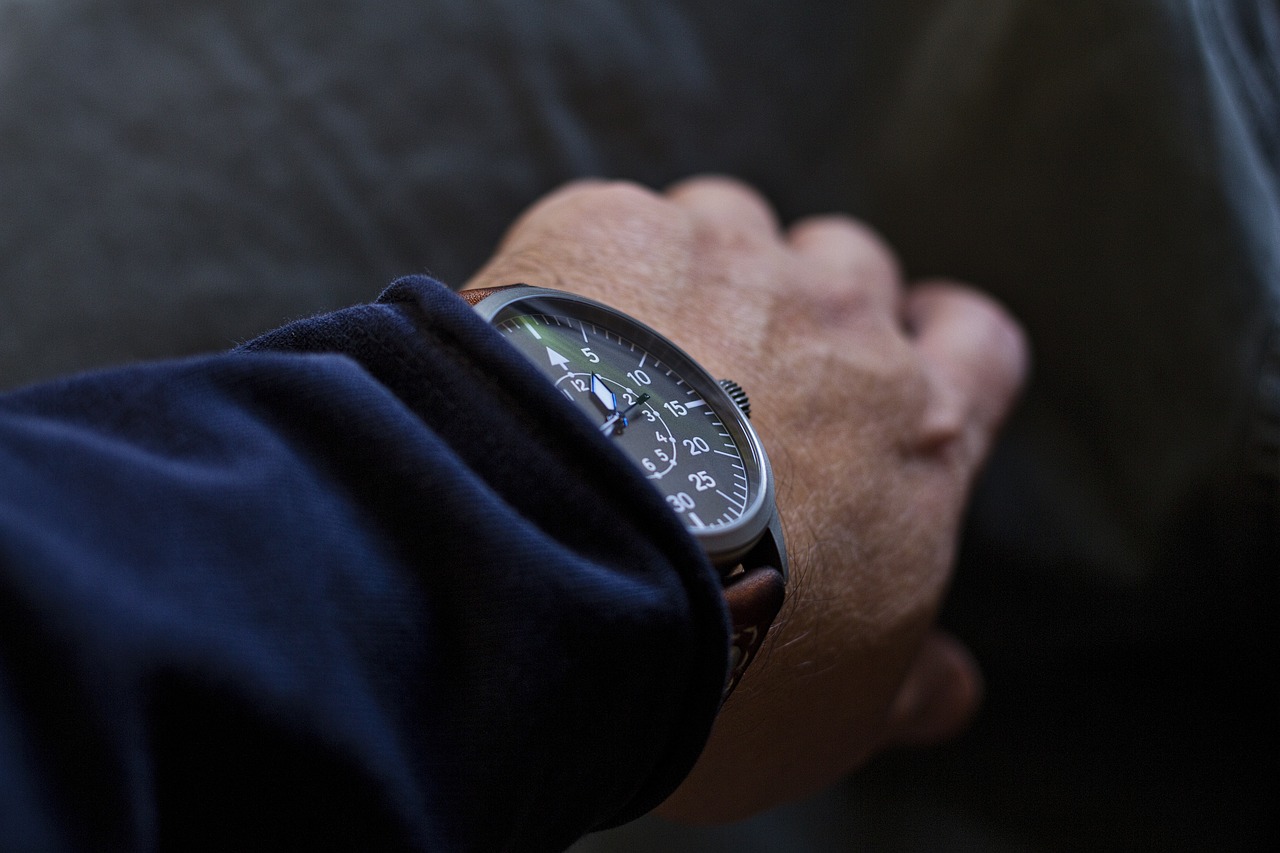How To Research The History Of Time Keeping Pieces
Have you ever wondered about the fascinating history behind timekeeping pieces like clocks and watches? In this article, you will learn valuable tips and techniques on how to research and uncover the rich history of these intricate and essential devices. Let’s dive in together as we explore the world of horology!
Understanding the Basics of Horology
Before you begin your research journey, it’s essential to have a basic understanding of horology, the art and science of timekeeping. Horology encompasses the study of timepieces, their mechanisms, and the evolution of timekeeping instruments throughout history. By familiarizing yourself with the fundamental concepts of horology, you’ll be better equipped to conduct comprehensive research on timekeeping pieces.
Horology: The Art and Science of Timekeeping
Horology is more than just the study of clocks and watches; it’s a blend of artistry and precision engineering. Timepieces represent a sophisticated combination of gears, springs, and other intricate components that work together to measure time accurately. By delving into the world of horology, you will gain a newfound appreciation for the craftsmanship and ingenuity behind each timekeeping piece.
Researching Timekeeping Pieces
Now that you have a basic understanding of horology, let’s explore how you can conduct in-depth research on timekeeping pieces. Whether you’re interested in antique clocks, vintage pocket watches, or modern wristwatches, there are various methods you can use to uncover their historical significance and cultural relevance.
Books and Publications
One of the most traditional yet valuable resources for researching timekeeping pieces is books and publications dedicated to horology. These books often provide detailed information on the history of specific timepieces, famous watchmakers, and significant technological advancements in the field of timekeeping. By immersing yourself in horological literature, you can expand your knowledge and deepen your understanding of timekeeping pieces.
Online Resources and Websites
In today’s digital age, the internet offers a vast array of resources and websites that cater to horology enthusiasts. Online platforms such as watch forums, horological blogs, and digital archives provide a wealth of information on timekeeping pieces from various eras and regions. You can engage with fellow enthusiasts, seek expert advice, and access digitized catalogs of historical timepieces to enhance your research journey.
Museums and Exhibitions
Visiting museums and exhibitions dedicated to horology is another excellent way to research the history of timekeeping pieces. Many museums showcase rare and iconic clocks, watches, and other timekeeping instruments, offering a firsthand look at their intricate craftsmanship and historical significance. By immersing yourself in these curated collections, you can gain valuable insights into the evolution of timekeeping technology and the cultural impact of timepieces.

Documenting Your Findings
As you delve into your research on the history of timekeeping pieces, it’s crucial to document your findings systematically. By organizing and cataloging your research materials, you can create a valuable resource for future reference and share your discoveries with fellow enthusiasts.
Creating a Research Journal
Keeping a research journal is a practical way to document your findings, insights, and observations during the research process. You can use a physical notebook or an online journal to record details such as historical timelines, notable watchmakers, and interesting anecdotes related to timekeeping pieces. A research journal serves as a valuable reference tool and allows you to track your progress as you uncover the history of timekeeping.
Digitizing Historical Records
Incorporating digital tools into your research methodology can enhance the accessibility and organization of historical records related to timekeeping pieces. By digitizing documents, photographs, and other archival materials, you can create a comprehensive digital archive that preserves valuable information for future research and analysis. Digital platforms also enable you to share your findings with a broader audience and contribute to the preservation of horological heritage.
Networking with Horology Experts
Connecting with horology experts and seasoned collectors can provide invaluable insights and guidance for your research endeavors. By engaging with knowledgeable individuals in the field of timekeeping, you can gain access to rare resources, expert opinions, and specialized knowledge that will enhance your understanding of historical timepieces.
Joining Horological Societies
Horological societies and clubs offer a platform for enthusiasts to connect, share knowledge, and collaborate on research projects related to timekeeping pieces. By joining a horology organization, you can participate in meetings, workshops, and events that cater to your specific interests in clocks, watches, or other timekeeping instruments. Networking with like-minded individuals will broaden your horizons and foster a sense of community within the world of horology.
Attending Horology Conferences and Events
Attending horology conferences, seminars, and exhibitions is an excellent way to immerse yourself in the vibrant horological community and interact with experts in the field. These events provide opportunities to learn from renowned horologists, discover rare timekeeping pieces, and engage in discussions on the latest trends and developments in horology. By actively participating in such gatherings, you can expand your network, deepen your knowledge, and gain new perspectives on the history of timekeeping.

Analyzing Timekeeping Pieces
As you gather research materials and collaborate with horology experts, it’s essential to develop analytical skills to evaluate timekeeping pieces effectively. By examining the design, craftsmanship, and historical context of timepieces, you can uncover hidden stories and intricate details that contribute to their historical significance.
Studying Design Elements
The design of a timekeeping piece reveals a wealth of information about its historical context, technological advancements, and cultural influences. By studying the dial, case, hands, and movement of a clock or watch, you can identify key design elements that reflect the craftsmanship and style of a particular era. Analyzing design features will help you discern the provenance and authenticity of timekeeping pieces, providing valuable insights into their historical significance.
Evaluating Mechanical Movements
The mechanical movement of a timepiece is the heart of its functionality and precision. Understanding the intricate mechanisms of gears, escapements, and balance wheels will enable you to evaluate the quality and performance of a clock or watch accurately. By examining the movement of timekeeping pieces, you can assess their craftsmanship, durability, and innovative features that set them apart from other horological creations.
Preserving Horological Heritage
As a dedicated researcher of the history of timekeeping pieces, you play a vital role in preserving horological heritage for future generations. By documenting your findings, sharing your knowledge, and engaging with the horological community, you contribute to the conservation and appreciation of these timeless artifacts.
Sharing Your Research
Sharing your research findings through articles, presentations, and social media platforms is an excellent way to educate and inspire others about the history of timekeeping. By disseminating your knowledge and insights, you promote awareness of horological heritage and cultivate a passion for the art and science of timekeeping among a broader audience. Your contributions to the field of horology will enrich the collective understanding of timekeeping pieces and ensure their legacy endures for years to come.
Contributing to Horological Archives
Contributing to horological archives and repositories is a meaningful way to preserve historical records, photographs, and artifacts related to timekeeping pieces. By donating or lending your research materials to established archives, you enable future researchers and enthusiasts to access valuable resources and expand their knowledge of horology. Your commitment to preserving horological heritage ensures that the history of timekeeping continues to be celebrated and studied for generations to come.
In conclusion, researching the history of timekeeping pieces is a rewarding and enlightening journey that allows you to uncover the rich tapestry of horological heritage. By immersing yourself in the world of clocks, watches, and other timekeeping instruments, you gain a deeper appreciation for the craftsmanship, innovation, and cultural significance of these timeless artifacts. As you embark on your research endeavors, remember to stay curious, keep exploring, and share your passion for horology with fellow enthusiasts. Happy researching!


